
I was planning to write this article about Roger Corman back in January, but on the same exact day I was about to get started, I heard the news that he had passed away. I said at the beginning of the year that I was going to dedicate 2024 to using my blog to shine a spotlight on the creativity of various artists in the entertainment industry and I thought that was the perfect opportunity to highlight the career of Roger Corman, but now that he is gone, it’s an even more appropriate moment to reflect on his legacy, and given the types of films Corman typically makes, his legacy is a surprisingly impactful one.
Born in Detroit, Michigan in 1926, Roger Corman’s life started out ordinarily enough. He was raised in a Catholic family and went to Stanford University to study engineering, but that interest waned quickly and instead he followed his brother talent agent Gene Corman into the film industry.
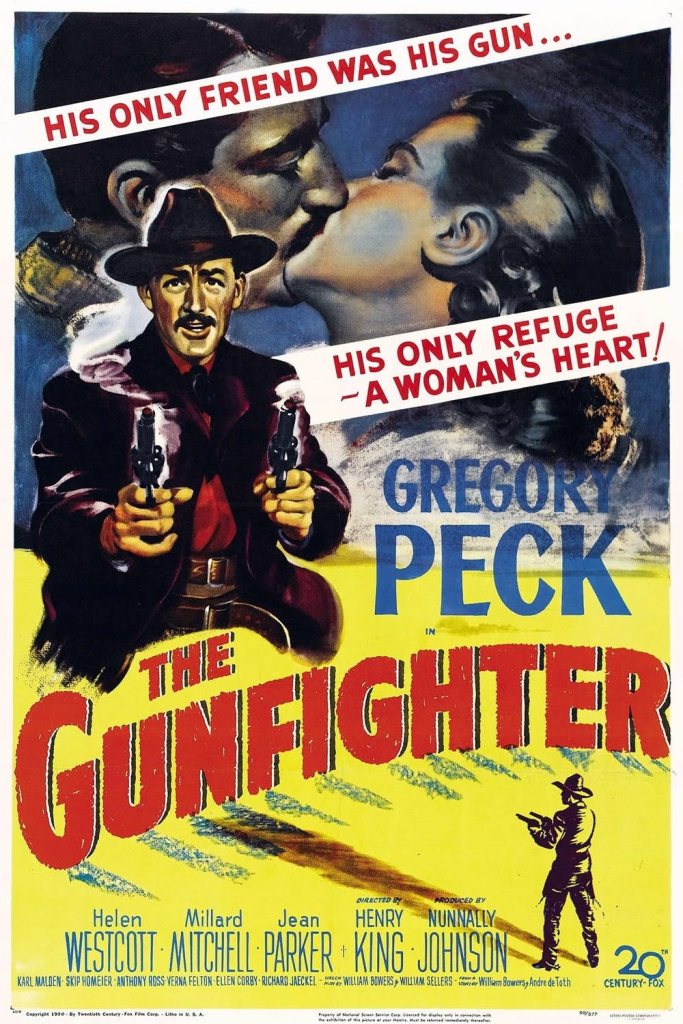
Starting out in the mail room of 20th Century Fox, Corman would eventually get to contribute story material for the 1950 Western The Gunfighter starring Gregory Peck, but after Corman received no credit, he decided to leave Fox and make his own way, working various jobs throughout Los Angeles including stagehand, messenger and assistant. Meanwhile he was writing his own film scripts in his spare time. One of his scripts was actually bought by Allied Artists for $2,000 and became the noir crime film Highway Dragnet (1954), the first film to properly credit Roger Corman on screen.
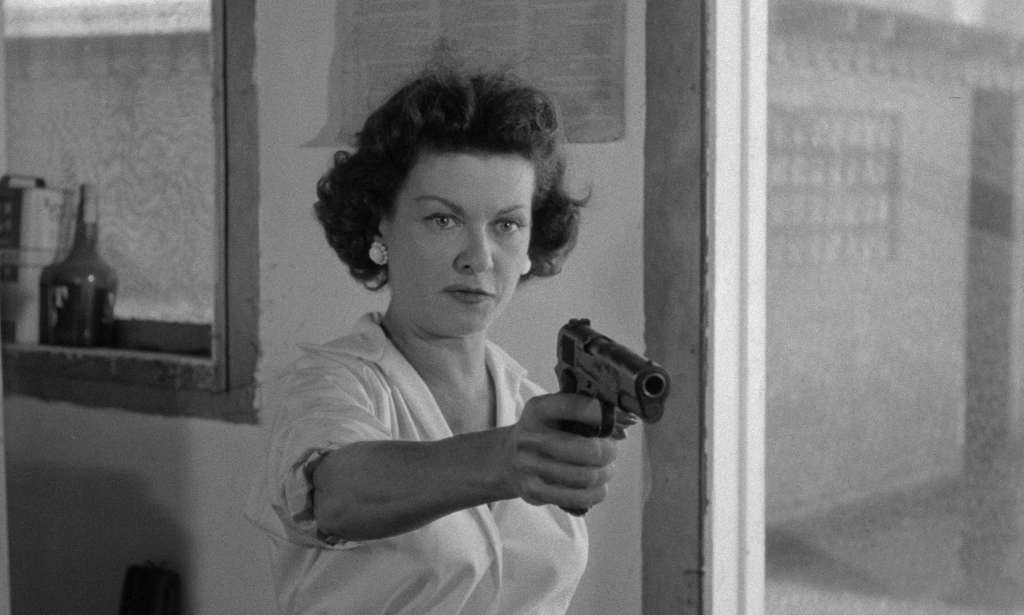
Afterwards Corman used his profits and his L.A. connections to raise $12,000 for his sci-fi sea monster movie Monster from the Ocean Floor (1954), which was Corman’s first film as a producer under his own company Palo Alto. That film would signal the true beginning of Roger Corman’s independent film career. While Monster from the Ocean Floor was by no means a great movie, that didn’t stop it from becoming a box office draw (science fiction and monster B-movies were popular in the fifties) and as Corman leaned into the drive-in and double feature crowd with many of his films, he did well enough commercially to continue directing and producing similarly cheap (both in artistic merit and in production budget) film fare.



Corman’s next film was racecar thriller The Fast and the Furious (1955). This was the first of Corman’s films to be released by his longtime distribution partner American International Pictures (AIP). Corman chose that company over bigger ones like Republic and Columbia because AIP opted to fund two more of Corman’s film ideas. Corman would later form his own distribution company The Filmgroup in 1959 with his brother Gene Corman and that company would last until 1968.
Corman’s next film would be the first that he directed himself: the Western Five Guns West (1955). And that was followed by several more Westerns that decade like Apache Woman (1955) and The Oklahoman Woman (1956, co-written by longtime Corman collaborator Charles B. Griffith) but the box office numbers at that time were telling Corman that the money was in fantasy rather than Westerns, as evidenced by the huge commercial success of the post-apocalyptic sci-fi film Day the World Ended (1955), followed by its sequel It Conquered the World (1956) which, like the first film, was a commercial hit despite receiving reviews that were not the most glowing (Can you sense a trend?)

Roger Corman is famously one of the most prolific film directors of all time and he did such a good job tapping into a specific market so successfully that he ended up directing at least one new film every single year from 1955 to 1971, and if you include his work as a producer, he has worked pretty consistently from the 1970s to the ’80s,’90s and beyond. Which means his filmography is way too long for me to discuss in length the way I normally do when I write articles about film directors, but you get a pretty good idea of the types of films he makes when you hear the titles. His filmography includes Swamp Women (1956), Attack of the Crab Monsters (1957), The Undead (1957), Teenage Doll (1957), The Saga of the Viking Women and Their Voyage to the Waters of the Great Sea Serpent (1958), Machine-Gun Kelly (1958), The Wasp Woman (1959), House of Usher (1960), The Little Shop of Horrors (1960) and countless other cheap, low-quality horror, sci-fi, war, gangster and exploitation films with varying degrees of popularity and artistic merit. House of Usher, which starred Vincent Price and was more critically acclaimed than the average Roger Corman film, even led to a series of gothic horror films by Corman that were based on the poetry of Edgar Allen Poe.




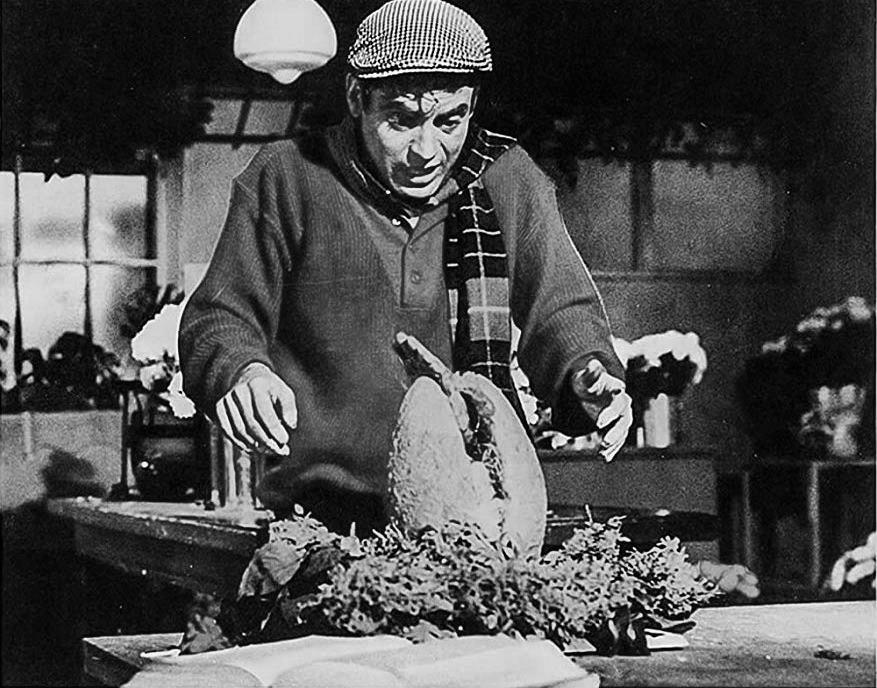
Roger Corman also gave many young up-and-coming filmmakers who would go on to become successful some of their earliest jobs in show business, including Francis Ford Coppola (Dementia 13, 1963), Peter Bogdanovich (Targets, 1968), Martin Scorsese (Boxcar Bertha, 1972), Curtis Hanson (Sweet Kill, 1973), Jonathan Demme (Caged Heat, 1974), Ron Howard (Grand Theft Auto, 1977), Joe Dante (Piranha, 1978), Penelope Spheeris (Suburbia, 1983) and even animator Jimmy T. Murakami who directed the 1980 sci-fi film Battle Beyond the Stars (which Roger Corman made to capitalize on the success of Star Wars and was his most expensive film at the time) before Murakami went on to produce the Teenage Mutant Ninja Turtles cartoon from the eighties.
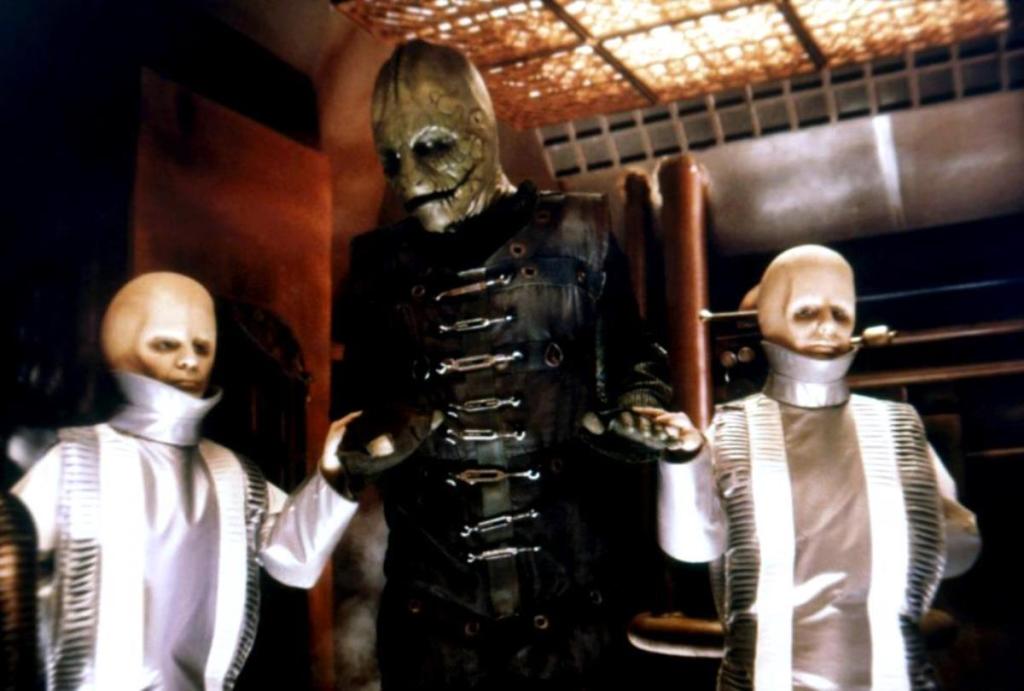
While Corman briefly worked with major film studios like United Artists and Columbia in the late 1960s, the creative control those studios had over him made the filmmaking process more stifling, so he once again founded his own independent studio in 1970 called New World Pictures, which had early success with the biker film Angels Die Hard (1970) and the prison film The Big Doll House (1971) which gave Pam Grier her breakout role as a movie star. New World would also make money by distributing acclaimed foreign films like Amarcord, The Tin Drum and Fantastic Planet in America.


While Corman stopped directing and focused more on producing after the ’70s because it was less work, his cult following remained strong for years, even if that cult was growing smaller as films like Jaws and Star Wars raised the bar for fantasy and spectacle films so much higher than they had previously been. Although Corman had a few successful franchises of his own in the blockbuster era, including the Slumber Party Massacre series, the Carnosaur series and the Death Race series. Of course Corman’s campy schlock became relegated further into the home video and TV film space as time went on, but Roger Corman was the type of individual who was so driven that he was willing to release his films anywhere they would let him, even if it was the cable network Syfy. Although the Cinemax film Dillinger and Capone (1995) starring Martin Sheen and F. Murray Abraham proved that he could still lure big names to his projects, and films like Attack of the 50 Foot Cheerleader (2012) proved that he was still willing to try new things as that film would be his first released in 3D.




People who have worked with Roger Corman not only call him the “Pope of Pop Cinema” and the “Godfather of New Hollywood” but a hard worker, a driven boss and a savvy businessman who gave filmmakers and actors alike a career boost. One of the most significant contributions he has made to the film industry that he doesn’t get a lot of credit for is helping kick off counterculture cinema with the psychedelic film The Trip (1967) which was highly popular with audiences in the ’60s and came out two years before Easy Rider. Not only that, but it was written by Jack Nicholson and starred Peter Fonda and Dennis Hopper. All three of whom would go on to create Easy Rider. And as I’ve written many times before, Easy Rider was a film that would go on to change the face of Hollywood.
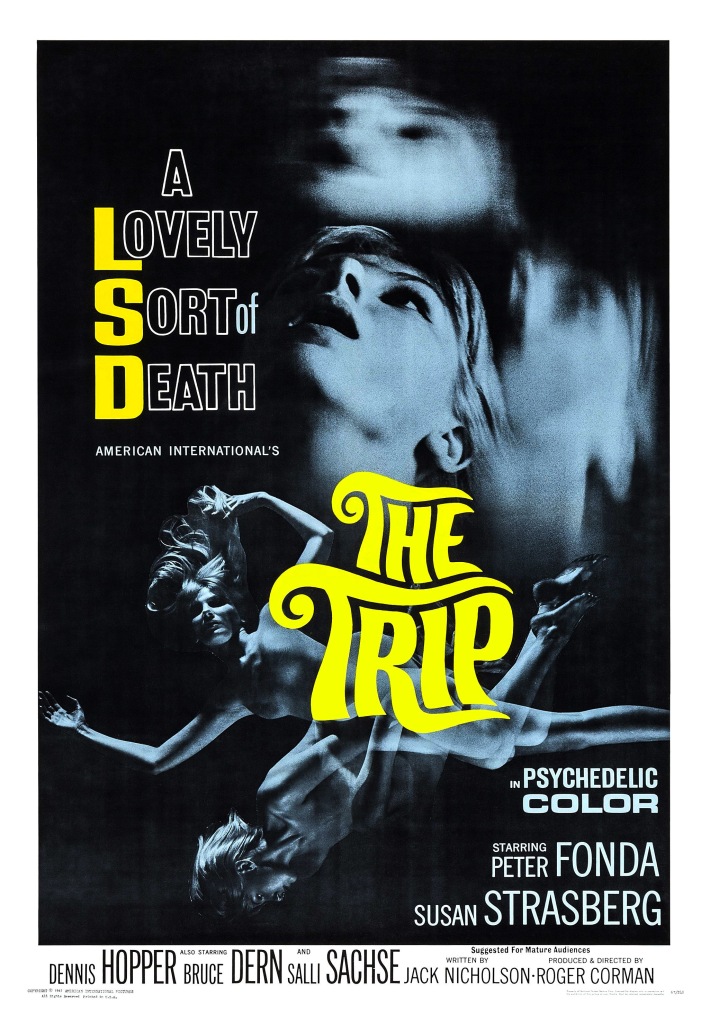

While he may have been the king of camp thanks to all those crab monsters and Viking women, Roger Corman was also one of the most successful filmmakers and one of the most influential people in Hollywood.
